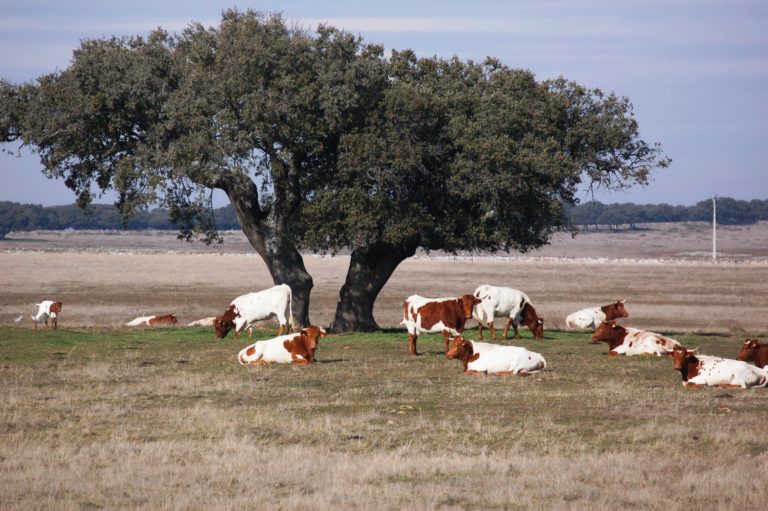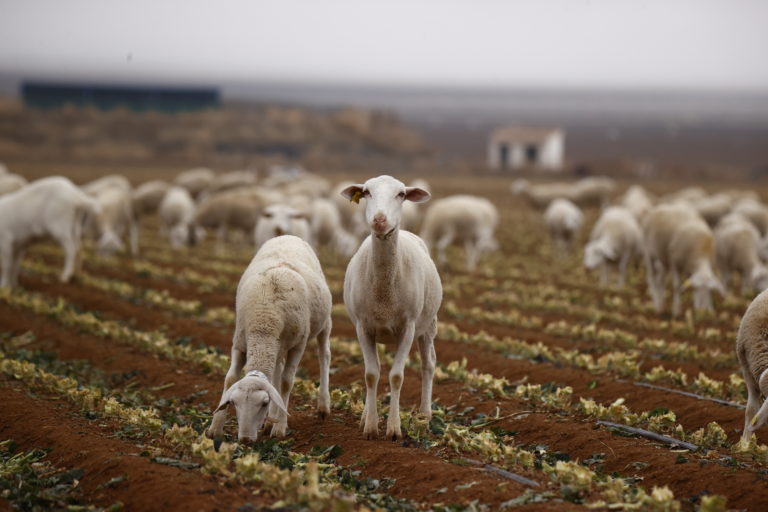SOCIAL HYPERSENSITIVITY TO LIVESTOCK ISSUES
In today’s society, there are increasingly controversial or taboo topics, whether due to purely ideological/sociological aspects (established beliefs or dogmas) or to trends or fashions widely accepted by society on increasingly unintellectual grounds. The livestock sector is no stranger to this and has positioned itself strongly in recent times as a standard-bearer of the “environmental struggle”.
Returning to the concept of anti-intellectualism, as mentioned by ASEPRHU in the article “LIVESTOCK FARMING’S FUTURE“, the reality is that we are all both ignorant and experts in whatever subject. The important thing is to be aware of which of the two parts dominates our intellect. If it is the first (ignorance), we should let ourselves be guided by the second (experts), and if this ignorance is voluntary, we should step aside and not be a hindrance or a driving force in a subject of which we do not want to learn the fundamentals or principles. As for the second (experts), it is essential to listen to what the ignorant (voluntarily or not) have to say, but it is your duty to respond with arguments on the principles that govern decision-making and to make people understand that a principle or foundation is not an opinion: it is a reality.

Also in the field of animal husbandry, it is our duty to inform about principles and not opinions. That is why we will now list ten principles that apply in nature and that concern the ethological behaviour of animals and the laws of nature, which we as a society must be aware of in order to make decisions.
The first principle is that there is no single species (animal or plant) in any environment, i.e. we will not see a single plant or animal (with nothing else coexisting) in an ecosystem. Sterile and/or monovarietal environments are utopian in nature.
The second principle is that there are no physical boundaries other than geographical elements such as rivers, seas, mountains, cuts or barriers that are physically impassable without external action, therefore, only these barriers will act as elements that impede the free or unrestricted movement of terrestrial animals and they are the ones that have governed and will continue to govern natural cycles.
The third principle is the respect and inviolability of the biological cycle of plants and animals, so that these times must be respected if we do not want to incur unrecoverable structural or biologically based deficiencies.
The fourth principle is that without death there is no life, so that life is irretrievably linked to death (whether natural or produced). This is true for animals and plants.
The fifth principle is that, if there is a proliferation of infections/diseases/pests/parasites, it is created due to an imbalance in the environment that favours their biological cycle and therefore the multiplication of the causative agent. In animals, this cycle is broken when animals are constantly on the move, a fact that is brought about by the sixth principle of prey/predator, which we will list later. Natural selection has allowed indigenous plants and animals adapted to the environment, which are more resistant to such diseases and pests, to survive.
The sixth is the prey/predator principle – large herds close together and constantly moving in search of food and protection from the predator – which favours the breaking or slowing down of infection (no host, no parasite). In plants, continuous movement is not possible, so ecosystemic balance must be used. This principle generates movement that produces per se an animal impact on the environment of high biological value, by spreading seeds and manure in a balanced way, and creates intensive grazing (non-selective grazing) that revitalises grass growth, selects the most adapted plants or grasses and promotes biodiversity, among other direct and indirect effects.
The seventh principle is that balanced ecosystems always have an abundance of native fauna and flora, the former always having a ruminant that takes care of recycling the grass, shrub and tree (plant) mass, thanks to rumen digestion (digestion, among others, of ingested fibre) being the management model that naturally controls excess vegetation on these lands. This allows the previously digested nutrients to be returned in the form of excrement and urine and reincorporated into the soil in the form of compound molecules that will be transformed or processed by insects and bacteria to make them assimilable by plants. These will be the precursors of plant food, created thanks to the systemic function of the soil microbiota complex (bacteria and fungi) and insects (Coleoptera, Diptera, Hymenoptera and Lepidoptera).
The eighth principle is that animals have been and will continue to be the cornerstone of nature’s architecture, the ones in charge of recycling excess or surplus (grasses or undergrowth), of taking advantage of waste (coprophages, scavengers) or as a model for controlling trophic imbalances (insect infestation, overpopulation).
The ninth principle is that animals neither create nor eliminate available resources or raw materials, but rather transform them into different molecules and compounds called nutrients such as carbohydrates, lipids or nitrogenous materials (including different gases due to digestion), and what is not digested or assimilated are excretions or faeces. As heterotrophic beings, animals (including humans) consume existing organic matter, whether of plant (herbivores), animal (carnivores) or mixed (omnivores) origin, to obtain energy and food for vital functions. This organic matter has been created by means of autotrophic beings (such as plants), capable of creating organic compounds by means of mineral or inorganic compounds such as carbon dioxide, air, water or soil minerals using solar energy as a source of energy.

The tenth and last principle that we will address is the enormous resilience that ecosystem dynamics have acquired over the centuries and millennia to reach an appropriate balance between all the actors that coexist in the same environment and have been able to adapt to it. Therefore, we must assume that nature is the expert in the matter (due to experience and seniority) and humans the ignorant (in ecosystemic terms) in the equation.
Any decision, action, dissemination at the livestock farming level should contemplate at least several of these principles in order to be aligned with the ecosystemic reality and work in harmony with the principles of nature and not fight against it: we must, as a society, seek resilience as a foundation in the actions we carry out in livestock farming. Yes, we must take a humble step and rethink a livestock model that has demonstrated extreme productive efficiency and allowed access to nutritionally varied food at a reduced price, but which has systematically ignored the harmful effects of the green revolution, as well as the warning signals sent to us by Nature. It is time to go back to the basics of agriculture, and, without defending a model that is economically and socially efficient, it must also be environmentally efficient, as the animal is the most efficient and effective tool for coherently achieving (with good management of the animal/plant/soil ratio) the Sustainable Development Goals proposed by the United Nations and taken up by the EU in its strategic agenda for the year 2050. Will the livestock sector be hypersensitive to productive change between now and 2030? It will all depend on who prevails in the balance of anti-intellectualism on livestock production in global decision-making.
For pure livestock farming, free of dogmas and beliefs and in harmony with the fundamentals and principles of nature, animals and plants. The only desire should be to direct our efforts towards what sustains our life on this planet: a living and fertile soil, which feeds us and has also positioned itself as the most efficient and effective tool to sequester surplus CO2, being a sink source to counteract GHG emissions from other economic activities to reverse and slow down climate change.
Source: Real Federación de Asociaciones de Ganado Selecto (Royal Federation of Associations of Select Cattle)
Read the ES version here